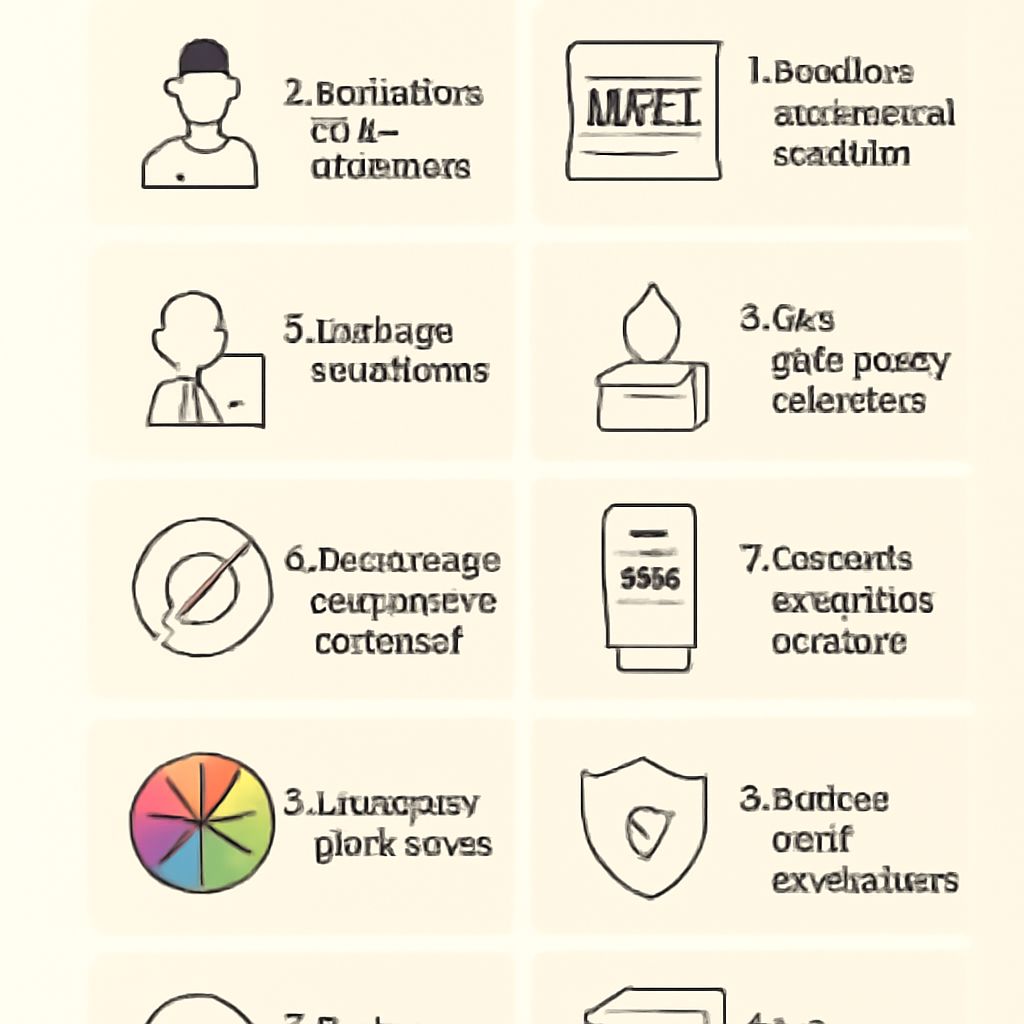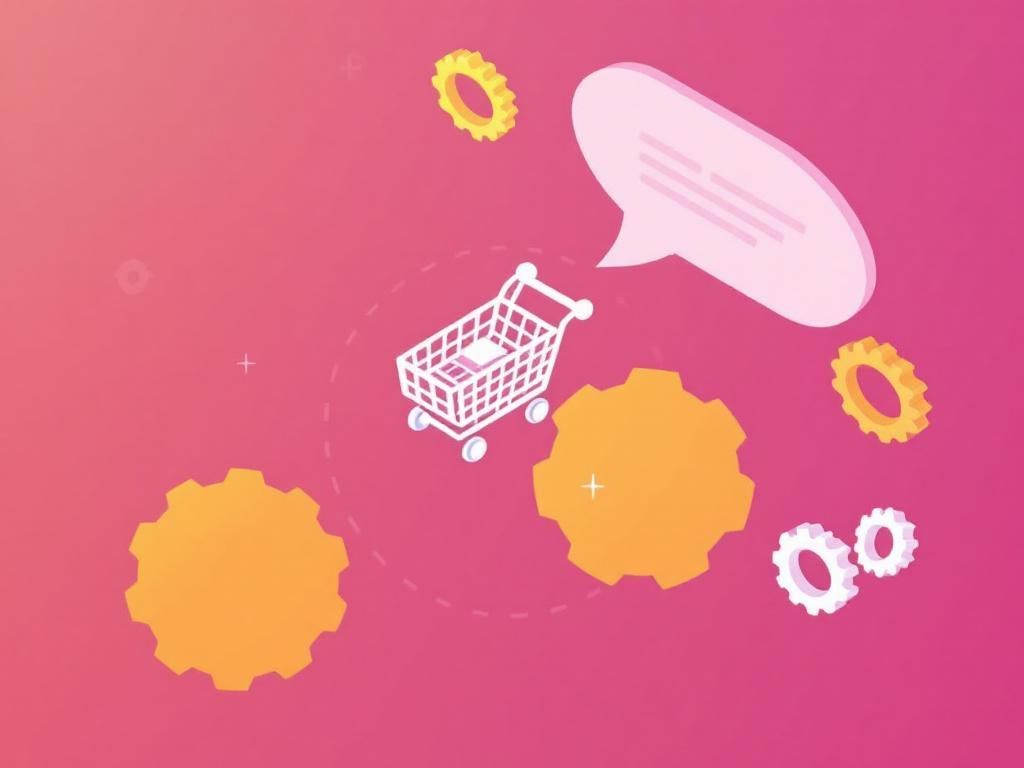10 Essential Tips for Stunning Ecommerce Product Label Design in 2025
Discover 10 essential tips to create stunning ecommerce product labels that captivate customers and boost sales in 2025.

Table of Contents
10 Essential Tips for Stunning Ecommerce Product Label Design in 2025
As we move into 2025, the importance of effective product label design in ecommerce cannot be overstated. A product label is often the first interaction a potential customer has with your brand, making it an essential element of your marketing strategy. A visually appealing and informative label can significantly influence a customer’s decision to purchase. In this article, we will explore ten essential tips to help you create stunning ecommerce product label designs that stand out in a competitive marketplace.
1. Know Your Audience
Understanding your target audience is the cornerstone of effective product label design. Different demographics respond to different styles, colors, and fonts. Conduct thorough market research to identify your audience’s preferences and expectations. For example, if your target market includes young adults, vibrant colors and modern typography may resonate well. On the other hand, an older audience might prefer classic designs with muted colors.
2. Prioritize Readability
No matter how beautiful your design is, it must be easy to read. Use legible fonts and appropriate font sizes to ensure that your message is clear. Consider the following factors:
- Font Type: Choose sans-serif fonts for a modern look or serif fonts for a more classic feel.
- Contrast: Ensure there is enough contrast between the text and background colors.
- Spacing: Use proper spacing between letters and lines to enhance readability.
3. Incorporate Brand Identity
Your product label should reflect your brand’s identity. This includes using your brand colors, logo, and any specific design elements associated with your brand. Consistency across all branding materials helps to build brand recognition and trust with your customers. Create a mood board with key elements of your brand to guide your label design process.
4. Utilize High-Quality Images
Visuals play a crucial role in capturing attention. Incorporate high-quality images of your product on the label, as these can draw customers in and provide a clear representation of what they’re purchasing. Ensure that images are well-lit and professionally taken, as poor-quality images can deter potential buyers.
5. Keep it Simple
While it might be tempting to include a lot of information on your label, less is often more. A simple design is easier to comprehend and more visually appealing. Focus on key pieces of information, such as:
| Essential Information | Details |
|---|---|
| Product Name | Clearly state what the product is. |
| Ingredients | List key ingredients, especially if relevant to dietary concerns. |
| Usage Instructions | Provide clear instructions on how to use the product. |
| Brand Name | Include your brand name prominently. |
6. Choose Eye-Catching Colors
Colors have a psychological impact on consumers. Use color theory to choose colors that evoke the right emotions. For instance, blue can convey trust, while red often stimulates excitement. Additionally, ensure that the colors you choose are harmonious and align with your brand identity. Tools like Adobe Color can help you create effective color palettes.
7. Leverage Innovative Materials
In 2025, product label materials are evolving. Consider using sustainable, eco-friendly materials that resonate with environmentally conscious consumers. Additionally, explore the use of textured labels or holographic elements to create a unique tactile experience that catches the eye. Experimenting with different textures and finishes can set your product apart from competitors.
8. Ensure Legal Compliance
Different regions have specific regulations regarding product labeling, especially for food, cosmetics, and health products. Ensure that your labels comply with applicable laws to avoid legal issues. This includes:
- Correct ingredient labeling
- Allergen information
- Nutritional facts (if applicable)
- Usage instructions
9. Test Your Designs
Before finalizing your label design, conduct some user testing. Gather feedback from a small focus group that represents your target audience. Pay attention to their reactions to various design elements, and use their insights to refine your labels. You can also create A/B tests by showcasing different designs on your website to see which one performs better in terms of engagement and sales.
10. Stay Updated with Trends
The world of design is ever-evolving, and staying abreast of the latest trends is crucial. In 2025, expect to see an increase in minimalist designs, retro aesthetics, and interactive features like QR codes that lead to digital content. Regularly review design blogs, attend industry events, and follow influential designers on social media to keep your designs fresh and relevant.
Conclusion
Creating stunning ecommerce product labels in 2025 involves a combination of understanding your audience, focusing on readability, and maintaining brand identity. By following these ten essential tips, you can design labels that not only attract attention but also enhance customer experience and drive sales. Remember, your product label is more than just a piece of paper; it’s a vital part of your brand’s story.
FAQ
What are the key elements of effective ecommerce product label design?
Effective ecommerce product label design includes clear branding, eye-catching visuals, informative text, and compliance with regulations.
How can I make my product labels visually appealing?
To make product labels visually appealing, use high-quality images, a harmonious color scheme, and engaging typography that reflects your brand identity.
What role does typography play in product label design?
Typography is crucial in product label design as it conveys brand personality, enhances readability, and attracts attention to important information.
Are there specific trends in product label design for 2025?
Yes, trends for 2025 include sustainable materials, minimalist designs, bold colors, and interactive elements like QR codes for enhanced customer engagement.
How can I ensure my labels comply with ecommerce regulations?
To ensure compliance, stay updated on labeling laws specific to your industry, include necessary information like ingredients and warnings, and consult legal resources if needed.
What tools are recommended for creating product labels?
Recommended tools for creating product labels include graphic design software like Adobe Illustrator, Canva for beginners, and label printing services that offer design templates.






